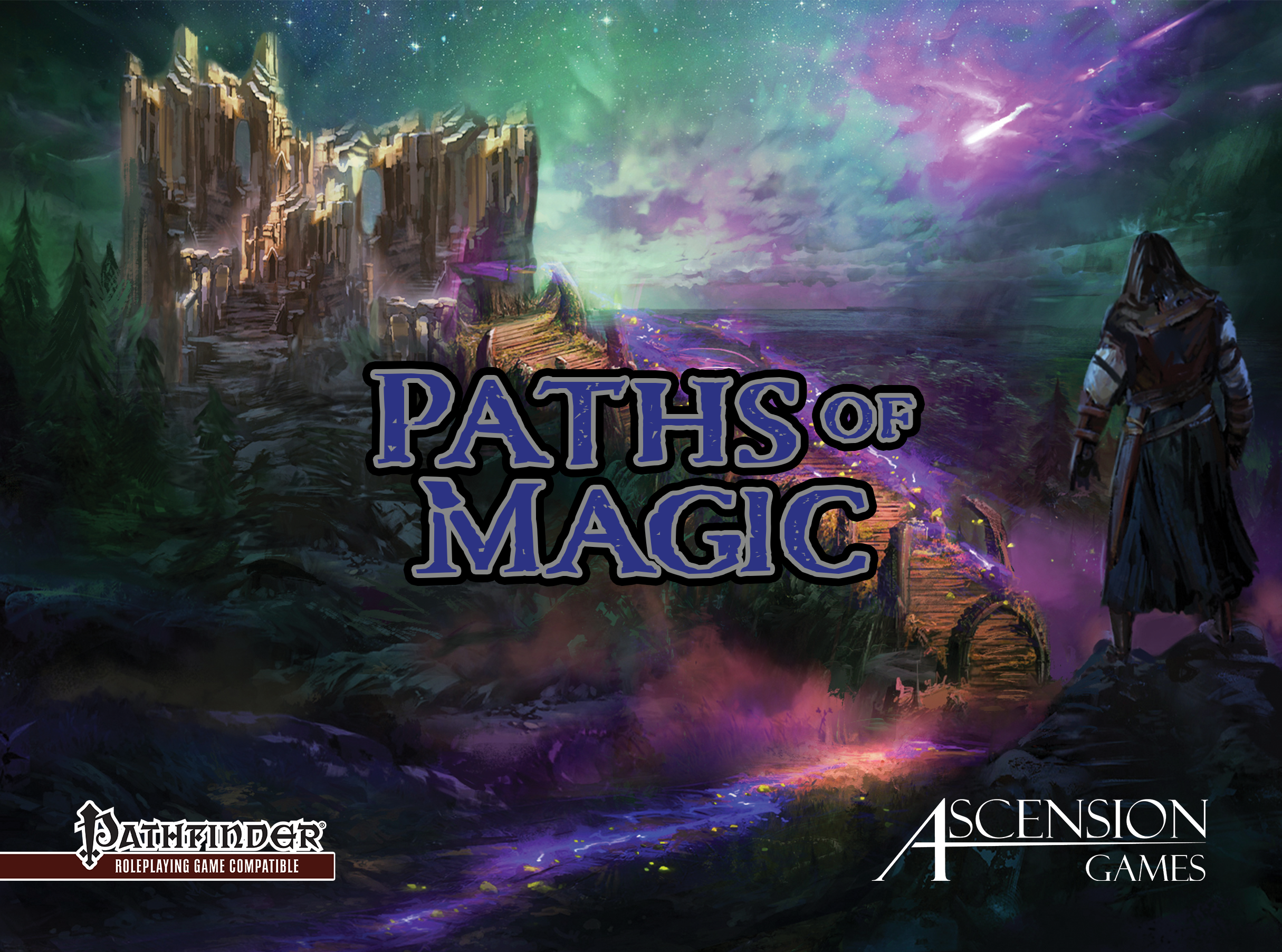So with the ideas covered, we get on to the actual creation of the class.
Every class that I’ve made for the Paths series went through several revisions. Some were major changes to core theme, whereas others were just mechanics restructuring. The invoker is no exception, and it was BY FAR the most difficult class to write. Like, not even close. I went through a huge number of different designs.
An early idea was that the invoker simply got “primal strikes”, which were basically just special attacks kinda like Dreamscarred Press’s Path of War content or 3.5e Book of Nine Swords. However, the way it worked was rather than a separate resource pool, the primal strikes were done by burning spell slots. At this stage the invoker’s companion had 0-6 spell levels, so as a “balance” both the spirit and the invoker used spell slots to attack. This idea was dropped soon (namely because it had few persistent class features), but it served as the basic idea for what would eventually be spirit powers, and also as an inspiration for what became the spell twist mechanic for elementers.
The next major revision is what introduced the oath/dominion concepts. It still kept the “primal strike” abilities, but narrowed the scope of what powers you could learn based on the dominion and oath of your spirit companion. However, the dominion/oath was more like a fixed subclass, rather than multiple ability packages like the current invoker. Once you picked “Guardian of the Land”, those were the abilities you got at levels 2/8/14/20, with no way to change it. It worked well enough, but ended up being a bit bland, outside of the spellcasting companion.
One of the next designs, and one that stuck around for quite a while, was when invocation of spirits was introduced. You used to get nine spirits, divided into three tiers: lesser, greater, and elder. You would get three of each tier which each gave you a base spirit power, along with the ability to invoke one spirit per tier to create synergies of abilities. I liked this design a lot, but…it was too much. Similar to the playtest Medium that inspired this version of invoker, the sheer volume of content required was excessive. 5 dominions x 3 oaths x 3 tiers = 45 spirits, each with a separate spirit power and invocation, for a total of 90 abilities. Doing this was untenable, and needed to be revised.
That brought me to the current design of the invoker, where a single spirit has one spirit power and four invocations. “Wait a minute”, you might be thinking to yourself. “Isn’t that still a ton of abilities?” Which you’d be correct. 5 dominions x 3 oaths x 5 abilities per spirit = 75 abilities, hardly a big reduction from the previous 90. The trade-off is in focusing the design. Rather than coming up with 45 separate powers, I only needed 15, and the remaining four abilities per spirit build off of this one power, which helps direct the ability design for each spirit. There’s also fewer permutations from a player standpoint (since you can combine only 2 out of 15 spirits, instead of 3 out of 45), which not only reduces complexity but also helps avoid unintended ability interactions.
Even with that, designing these spirits was HARD. Since one of the main draws to a build-your-own class is the synergies between options, I had to plan out where those combinations would be, and encourage both what I called “direct” synergies and “indirect” synergies.
The direct synergies are the ones within a single oath or dominion. The oaths are pretty obvious: Guardian spirits should all help you defend yourself, Acolyte spirits should focus on debuffing enemies, while Harbinger spirits should have offensive combinations. The synergies within a dominion are sometimes clear (like the movement/teleportation synergy between Sky spirits) while others were less obvious. For example, the Depths Beckon With Silent Murmurs spirit causes confused creatures to deal cold damage, while Northern Waters Freeze Solid causes cold damage you inflict with invocations to cause fatigue or exhaustion.
Indirect synergies are ones that require you do combine two spirits that don’t match either oath or dominion, which you can do by taking an oath/dominion that intersects the two. For example, if you are an Acolyte of the Sky, there’s an indirect synergy between Blinding Sands Scour the Desert (Acolyte of the Land) and Clouds Blanket Sky and Ground (Guardian of the Sky). The sand squall power from Blinding Sands causes those within to treat all creatures as though they have concealment, while Clouds causes any creatures that miss your allies due to concealment to take electricity damage.
And let me tell ya, planning out all of these synergies took a looooooooooong time. More time than I would have liked, but the end result is, I think, one of the coolest classes in the book.


